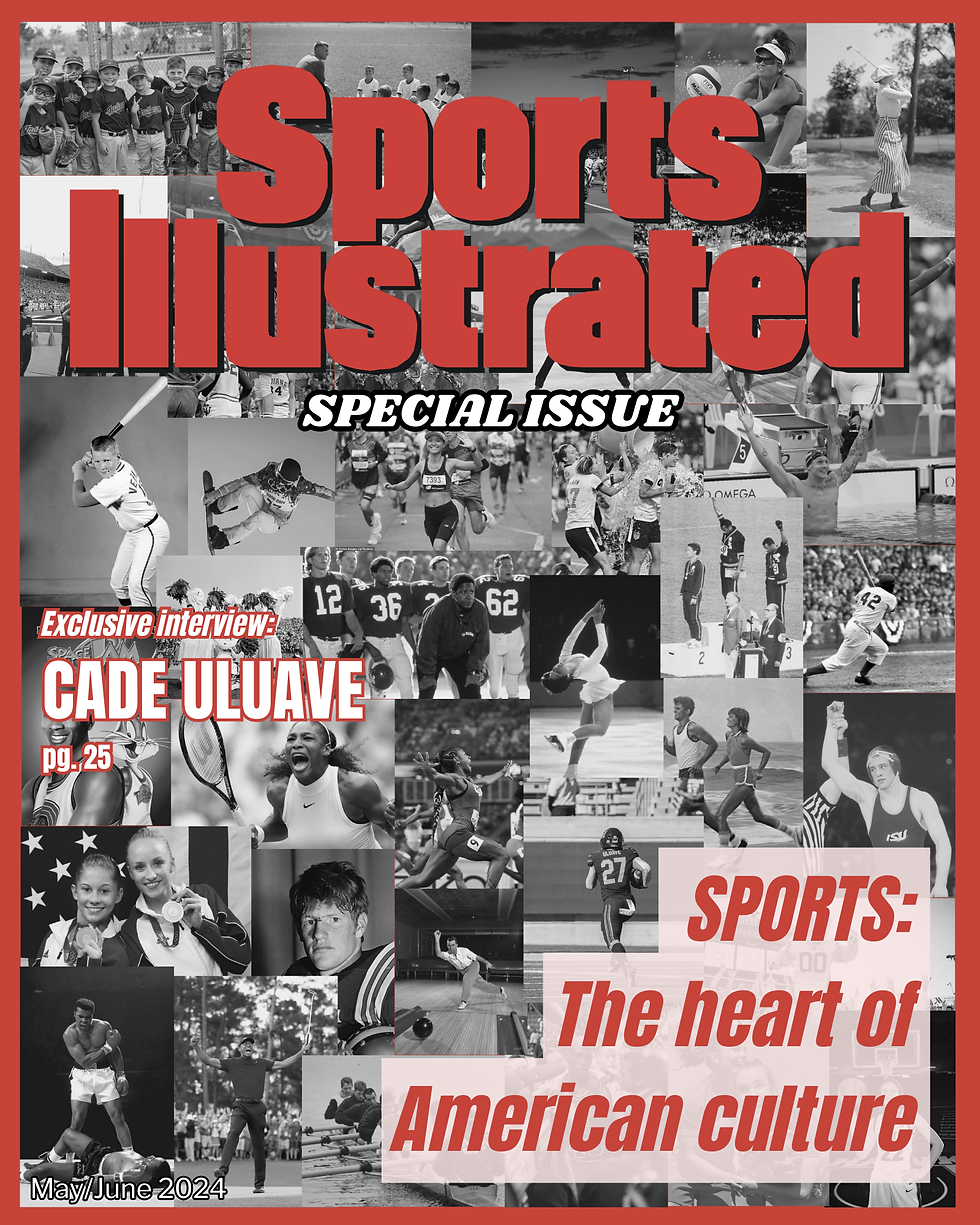Living Legends: Storytelling at its finest
- chloeeuluave03
- Feb 24, 2024
- 3 min read

The Living Legends concert communicates a message of remembering who we are through traditional dance.
For all living things on earth, communication is essential to survival. While we as humans might often think of communication as speaking or writing, it is much broader than that. More than 60% of messages are given nonverbally, and we are wired to send and pick up on these nonverbal cues.
A major form of nonverbal communication is DANCE. Dance is a form of expression; it is to move your body in a way that tells a story, usually paired with music, which adds to and enhances the story being told.
Dance is both a form of individual and cultural expression. Traditional dance tells a lot about the people it belongs to- what they value, where they came from, and how they see the world. It has served this purpose for thousands of years.
Dance combines multiple elements of nonverbal communication:
Kinesics: body movement. It is an expression of emotion and carries a message. Body movement is often accompanied by a verbal message (in this case, music and lyrics, or chants).
Proxemics: spacial communication. In addition to their body movements, dancers use the space they have to tell a story. Do they make use of their entire space or stay within a small area? How do they interact with other dancers; are they close/do they touch, or do they stay separated?
Objectics: communication through objects. Because dance is also frequently paired with costume, makeup, and props, what dancers wear convey a message. What is their costume made of? What colors are prevalent? How are props used, and how are they significant to the culture being represented?
Living Legends, a performing group at BYU, seeks to tell stories of culture, specifically Native American, Latin American, and Pacific Islander culture, through dance. I had the opportunity to watch one of their shows recently and I was enthralled by the way the performers used their bodies, space, and the costumes to tell a story of heritage: the importance of celebrating where we came from and letting it guide us forward throughout life.

In one performance, 5 men and 5 women did a traditional Maori dance. They were clothed in vibrant teal, black, and white costumes and headpieces. The men wore skirts around their waist, and the women wore piupius, a skirt made of dried strands of flax. The movement of the flax made a percussive sound when the dancers moved. The women also wore poi balls around their waist, which they used in the dance, and the men each held a taiaha, a wooden warstaff, in which one end is carved to make a face with a long tongue. The Maori dancers yelled and chanted in unison, often expressing pukana, a facial expression in which the dancers widen their eyes, frown deeply, and the men stick out their tongues. They finished by performing the haka, a traditional war dance.

So what do all these aspects of the dance tell us?
This dance tells a story of the Maori people. They most often used dance to show pride and strength, as well as connect with their ancestors. In this warlike culture, tribes often danced before engaging in battle to intimidate and inspire fear in their opponents. They deeply respected the earth, as the costumes were traditionally made from the natural materials they had. The poi balls were often used to create wrist strength to be more proficient in using weapons. Men and women had different roles, but were equally important in their contributions to the tribe. In performing the dance, they not only represented themselves, but all their predecessors.
Each dance, costume, and song told a different story of the culture represented, in a way that is impossible to do with words. Many cultures did not have a written language until recently, so tradition was passed down orally and through dance. It is important that we recognize and preserve these dances, even in a world where traditional cultural expression is being overshadowed by pop culture. Communication, especially through dance, builds connection, and helps us understand one another. Take the time to explore other cultures and discover what is important to them, and share your own culture!







Comments